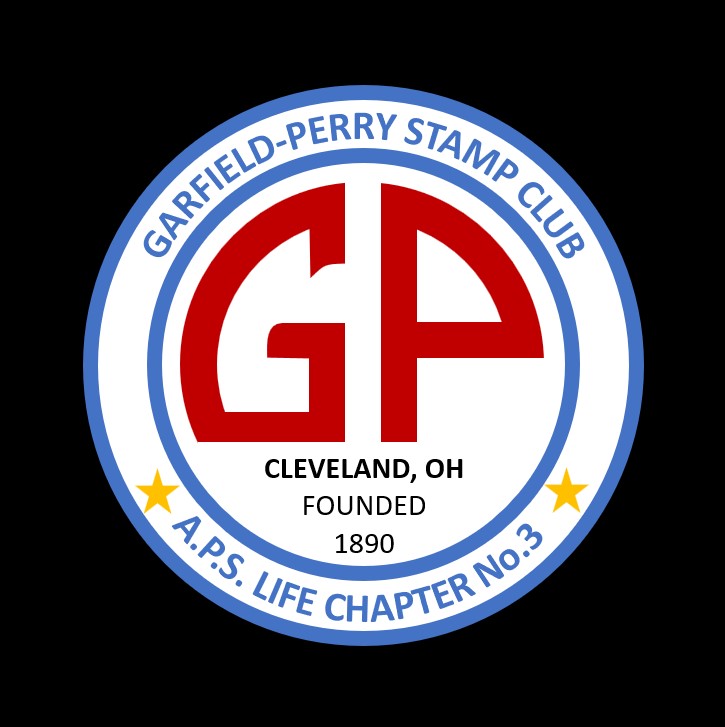As with most other hobbies, stamp collectors have developed a number of tools to assist them in handling and identifying stamps. Most of these are optional, but they can be very helpful in dealing with your collection.
In addition to mounting supplies (covered in lesson 8) and reference literature (covered in lesson 10), there are several items in most collectors’ toolboxes:
Stamp tongs: These are a must. Like tweezers, but with smoothed tips, tongs allow you to easily pick up stamps and handle them without touching them with one’s fingers. Tongs come in a variety of lengths and formats, included spade, rounded, and pointed tips, even angled tips for removing stamps from stock books or pages.
Magnifiers: Philately is frequently a hobby of details. One or more good magnifying glasses (or even a digital microscope connected to your computer) can be very helpful in checking for damage, reading small text, or just for appreciating the fine details of stamp designs. A wide variety of styles is available both within and outside the hobby.
Identifier: It can be difficult to determine what country a stamp is from. This is accentuated when other languages are used, or particularly when different alphabets (Cyrillic, Arabic, others) are the only clues to a stamp’s origin. A variety of glossaries and guides have been published that list key identifiers for stamps and/or show images of tough-to-identify countries or issues. The Scott Catalog includes an identifier, as do many general or beginner stamp reference guides. One online identifier is here.
Perforation gauge: Collectors have developed special measuring tools to quickly measure the gauge of perforations on stamps, usually determined by the number of perforation holes in 2 centimeters. Most gauges involve lining up a stamp’s perforation holes with a series of printed dots or lines. Gauges frequently include other features (such as rulers) and can be paper, clear plastic, or even metal.
Watermark tray and fluid: Watermarks can be difficult to see. A black tray and watermark fluid (which can wet a stamp and quickly evaporate without disturbing or dissolving gum) can help make watermarks visible, as well as make creases, thin spots, or damage easier to spot. Watermark fluids are typically hydrocarbons similar to lighter fluid. Ronsonol is a popular and less expensive substitute, but many lighter fluids may have contaminants or other ingredients that leave residue on a stamp after evaporation.
Ultraviolet lamp: Ultraviolet light (both long-wave and short-wave) can help detect cancels, damage and repairs to stamps. Many modern stamps are also responsive to ultraviolet light and have fluorescent “taggant”; it’s this coating that allows modern postal machinery to quickly identify and cancel stamps on mail. Collectors can use a UV lamp to check for this feature of their stamps (and to identify varieties of stamp that differ only in their “tagging.”)



